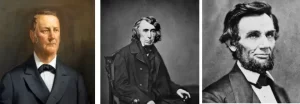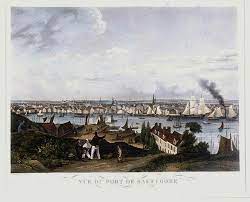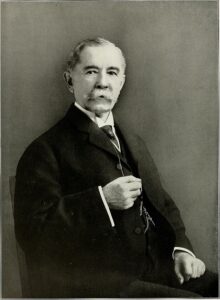The Army of the Potomac, commanded by General George McClellan, meets the invading Army of Northern Virginia, commanded by General Robert E. Lee, in a pivotal battle at Sharpsburg. With soldiers on both sides falling every few seconds for 12 straight hours, it is the bloodiest single day of the Civil War (23,000 casualties of 132,000 engaged).
The battle ends in a draw, but Lee and his army are forced to retreat across the Potomac into Virginia. President Lincoln visits McClellan, soon relieving him of command for not pursuing the Confederates aggressively enough.
The President uses the opportunity to preliminarily release the Emancipation Proclamation on September 22 which gives the Confederate States 100 days to end the War or face the consequences of not freeing the enslaved. This is the first time that Lincoln says that one of the official War aims is to free the slaves, not just save the Union. Since they do not comply, Lincoln issues the full Emancipation Proclamation on January 1, 1863 which frees enslaved individuals only in Confederate states in rebellion. In actuality enslaved peoples are freed only when the Union Army advances to free them.
For More Information
Heart of the Civil War Heritage Area, Newcomer House at Antietam






